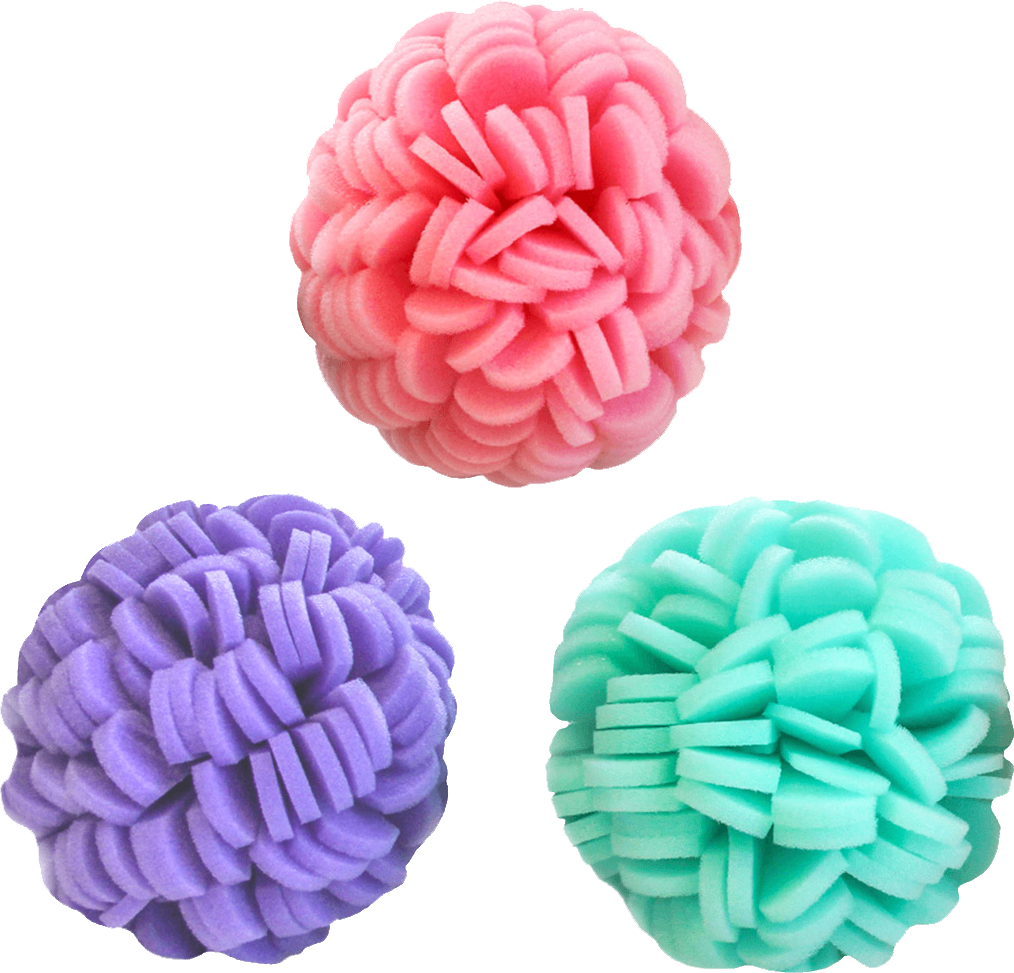Halloween is still a few weeks away, but we just couldn’t wait to share our list of Halloween’s best skin care treats with our readers. While munching on bowls of Halloween candy and chowing down on plates of pumpkin pie can be unkind to our waist-line, topical and oral administration of certain ingredients can actually do wonders for our health. Curious to more? Check our below for more details!
Pumpkin – Pumpkins aren’t just for making jack o’lanterns or pumpkin pies; according to research published in the journal Acta Scientiae Veterinariae, pumpkin seed oil shows great promise for treating inflamed skin. In this study, pumpkin seed oil soothed signs of inflammation (such as erythema and epidermal hyperplasia) and was even able to treat a persistent inflamed lesion – properties that may be of use in treating inflamed lesions induced by other conditions. Even better, pumpkin is believed to possess potent antioxidant capabilities, which can come in handy when wrangling free radicals (Food Research International). Regretfully, most research has examined pumpkin’s effects when taken orally, though it would seem reasonable to assume that these benefits could also translate to topical skin care. For example, pumpkin contains the carotenoid B-carotene, which can exhibit photoprotective effects and treat UV-induced erythema (American Journal of Clinical Nutrition). Research from the journal Toxicology and Industrial Health reported that orally-administered beta-carotene protected against oxidative stress in mice’s skin. So the next time that you reach for a second serving of pumpkin pie, don’t feel too guilty – pumpkin may very well be doing wonders for your skin and body.
Snail Secretions – Admittedly, rubbing snail sections onto our freshly-exfoliated skin doesn’t sound too glamorous, but we are willing to try most things once. Research published in the Journal of Drugs in Dermatology found that secretions from the Cryptomphalus aspersa snail significantly improved the appearance of fine facial rhytides (fine lines) and periorbital rhytides (crow’s feet) when applied topically for 12 weeks. The Cryptomphalus aspersa is also a great source of growth factors, which can assist in treating wounded and aged skin by improving collagen synthesis and reduce collagen degradation (Facial Plastic Surgery). Regretfully, snail secretions are still such a novel ingredient that there are few published peer-reviewed journals discussing their properties. While we certainly look forward to try a snail serum-containing cream, we have to take the manufacturer’s promises with a grain of salt.
Cocoa– While we doubt that you need another reason to chow down on some chocolatey delights this Halloween, here’s something to consider – topically and orally-administered coca can do wonders for you body. For example, cocoa is loaded with polyphenols that can may offer protection against photodamage and UV radiation when either taken orally or topically. Polyphenols also possess magnificent anti-inflammatory and antioxidant properties, which come in handy when treating oxid ative stress (Archives of Dermatological Research). Research published in Food and Chemical Toxicology found that orally-administered cocoa polyphenols exhibited anti-oxidative properties and induced apoptosis in cancer cells, suggesting that coca polyphenols may possess anti-cancer properties. Cocoa’s polyphenols, on the other hand, are believed to increase blood flow, improve skin texture by reducing roughness and scaling, and offer a degree of photoprotection when ingested (The Journal of Nutrition) Research has also found that when applied topically, coca polyphenols can reduce UV-induced wrinkling and improve skin elasticity, among numerous other benefits (Photodermatology, Photoimmunology, and PhotoMedicine, International Journal of Cosmetic Science, Nutrients)
Granulated sugar – Even if Halloween has put you into sugar overload, topically applied sugar can benefit your skin. For example, one study found that a dressing of granulated sugar encouraged wound contraction, promoted formation of granulation tissue and also treated malodorous wounds (Wounds International). Even better, granulated sugar can encourage epithelization and has demonstrated aptitude as an antibacterial agent, among other strengths (Standards of Care: Emergency and Critical Care Medicine). In fact, granulated sugar is such a great antibacterial agent that one study found it prevented bacterial infection recurrence in those healing from open heart surgery (Orvosi Hetilap)
Licorice Root Extract – While munching on licorice this Halloween, you may want to consider using a topical serum containing licorice root extract, a skin-brightening agent that is packed with antioxidants (Pakistan Journal of Nutrition). When applied topically, licorice extract improved the swelling, itching, and erythema associated with atopic dermatitis, according to research published in the Journal of Dermatological Treatment. What makes licorice root extract truly impressive is its effects on dispigmentation. Research has suggested that this extract not only can reduce inflammation, but can also inhibit melanogenesis when applied topically (Pigment Cell Research). Even better, the glabridin extract in licorice is believed to reduce UV-induced hyperpigmentation, though more research is required to understand licorice root’s precise course of action (Journal of Cutaneous and Aesthetic Surgery)
Bottom Line
While we weren’t able to include every Halloween ingredient on our list, we wanted to share some of the holiday’s best ingredients for skin care. Licorice root extract can lighten hyperpigmentation, while granulated sugar can serve as a wound-healing anti-bacterial agent. Pumpkin isn’t just for making pies; it is also a great anti-inflammatory agent when applied topically. Cocoa’s polyphenols work wonders on the body both inside and out, whereas snail secretions have shown a propensity for treating fine lines and wrinkles.








